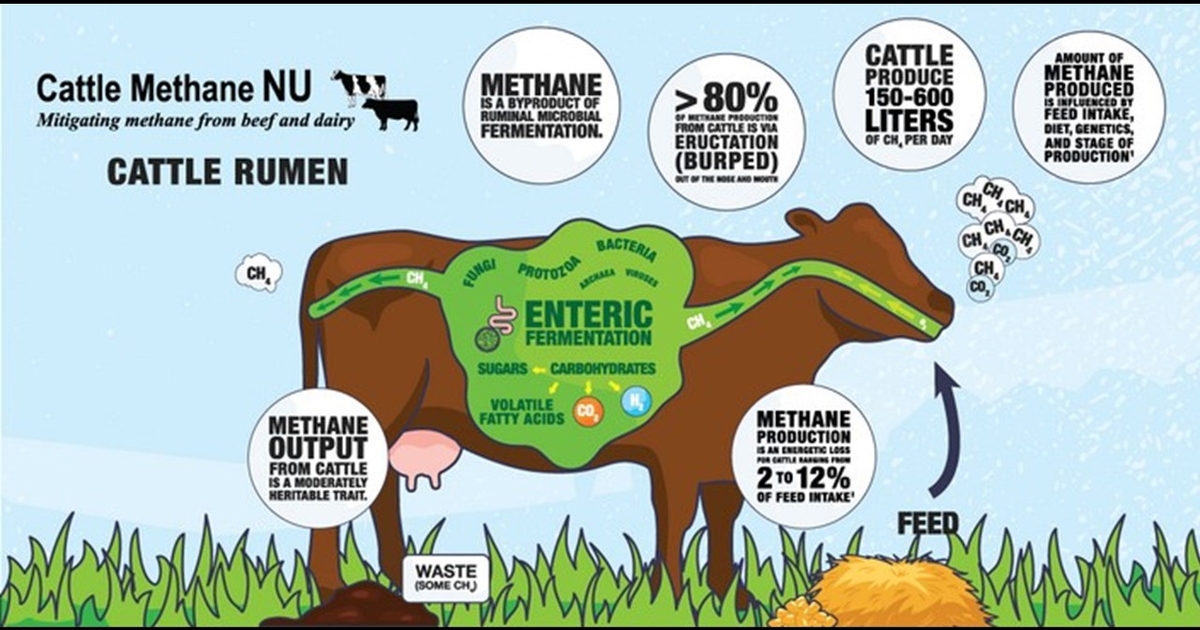Vilsack: Preserving right to farm is a sacred responsibility
Posted on January 23, 2024 by Joshua Baethge
Source: Farm Progress. The original article is posted here.

Agriculture Secretary Tom Vilsack dropped into the American Farm Bureau Federation annual convention in Salt Lake City on Monday to talk farm policy. During remarks at the convention’s general session, he said he considered conserving the land and conserving the right to farm a “sacred responsibility.”
He noted that since 1981, the nation lost more than 437,000 farms. That number is equivalent to the number of farmers today in the states of Wisconsin, Minnesota, Iowa, Illinois, Nebraska, Colorado and both Dakotas. Vilsack says the country cannot continue to lose small and midsized farms at that rate
“We can do better. We can figure out ways in which large production agriculture can continue to flourish, as it is an important and necessary to meet the food demand not just in the U.S. but in the world.,” he says. “But at the same time, we can also provide an entrepreneurial opportunity for that small and midsized operation.”
Fertilizer program to reduce farmer costs
To that end, Vilsack announced USDA is investing $207 million in clean energy and domestic fertilizer programs. Approximately $157 million of that will fund 675 projects through the Rural Energy for American Program in 42 states. These are intended to reduce dependence on fossil fuels while also reducing energy costs for farmers and producers.
USDA will invest $50 million toward efforts to boost fertilizer production, increase production of alternatives and providing farmers with technology to better utilize the fertilizer they have.
While at the AFBF convention , Vilsack held a meeting with state Farm Bureau presidents where he said the discussion focused on three key strategies, including climate and sustainability efforts, building local and regional food systems and addressing input costs.
In a meeting with reporters following his public address, the Secretary conceded that uncertainty surrounding the federal budget is making things difficult for both USDA and producers. He notes that, while the continuing resolution purportedly keeps funding at certain levels, potential cuts in any final deal could create greater shortfalls in the middle of the year.
“As long as there’s uncertainty, it’s very difficult for farmers potentially to make long term decision or long-term planning,” he says.

.jpg?disable=upscale&width=1200&height=630&fit=crop)


